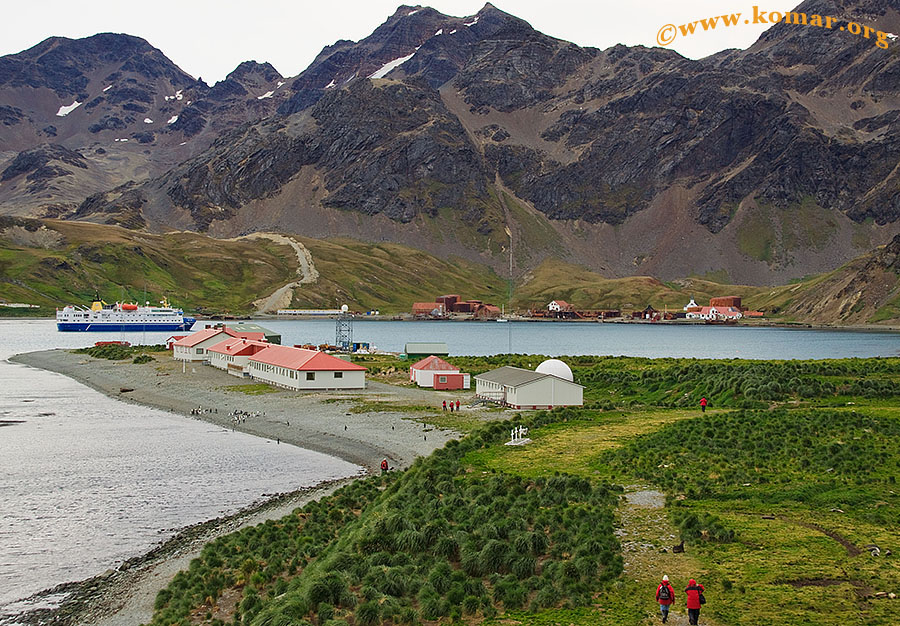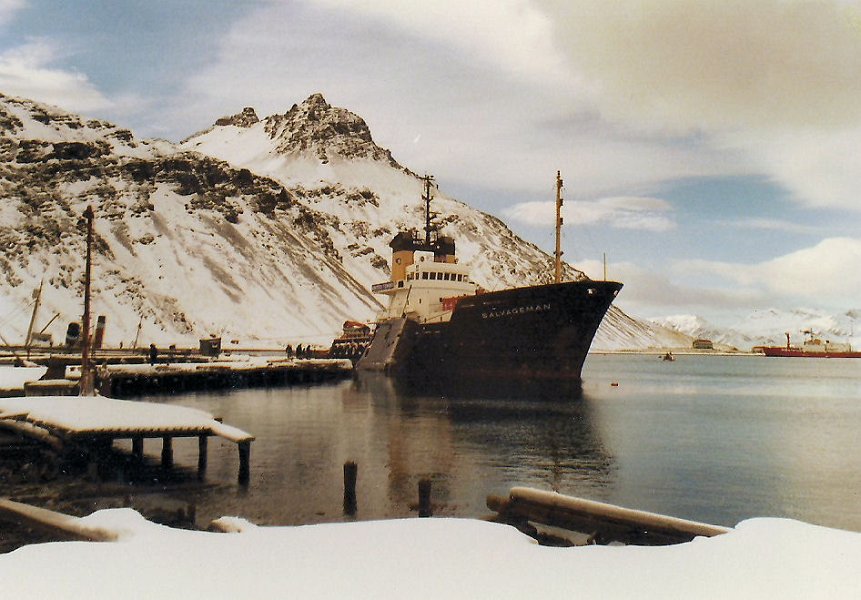They would have done worse. Remember what I wrote about the Forrestal?
I do not agree. the British had no clue how to mount a vectored air defense or use SAM traps or apply the air defense onion. They lost their highly perishable WW II earned skills when they became a North Atlantic convoy navy. Significantly the French, who did not have that combat experience, developed and practiced a form of fleet attack and defense while the British lost theirs. But then the French navy expected to fight in the South Atlantic against their former colonies.
They had those means and did not use them. Someone should have remembered buzz bombs and barrage balloons. Someone should have picked up the phone and dialed 1-800-USN-HELP!
In 1983? Not even the USN could guarantee a low-low-low defense. Still can't (Iraq 2003) unless look down radar is aloft and a Rorsat is keyed up for coverage.
Why send back to me what I wrote? I do not disagree that the British were ill-equipped. However:
They could have begged for US radar equipped FRAM destroyers laid up in reserve. It would have taken months to get the RN up to snuff on picket destroyer tactics, and it would have been expensive. Smoke generators can be improvised, even the kind that can carry a form of "Window" in 1983 that can fool an Exocet. Or simple balloon decoys. The RN refused to fit such decoys to Atlantic Conveyor because it would technically make her "a warship". Guess what their other warships lacked?
Gatling guns. The USN started in 1980 urgent backfits on many ships with Phalanx. Not the best last ditch defense, but as low as those Skyhawks zipped through San Carlos Water? Buzzsaw. 20 mm is cheap. Even manual Gatling guns were /are better than Seacat and Seaslug in those conditions.
I would have seized a forward anchorage, parked subs off the western Falklands and built an airbase outside Argentine air coverage (St Georges) and spent the 3-6 months to prepare properly (^^^) for an amphibious operation (Borrow or convert a STUFT tanker or 2 into an improvised flattop and DOUBLE load helo-lift, even if it has to be helos rented from the FRENCH in case one of the STUFT ships gets axed as happened. BUT that is just 20/20 and a bit of knowledge. it is a lot easier to do things the right way, even with the wrong equipment, than the wrong way with the "alleged" right equipment. Note Maggie Thatcher's cluelessness about her navy and her insistence that it do business right away? Never do a Halsey, when you have time to think it through.
Yay more spahgetti post.
The British did use layered air defence, and SAM traps in the Falklands. The Sea Dart was enough of a long range high level threat that the Argentinians chose to isntead come in low to avoid it, a choice that signifncantly reduced the accuracy and effectivness fo their weapons. Many of the Argentinian bombs did not arm because they were dropped too low. Type 22 and Type 42 escorts were paired up at strategic entrances to the waterway to intercept incoming Argentine attacks with a combination of short range and long range SAMs. This was effective, and several Argentine aircraft were downed this way, though it exacted a toll on the escorts that were put directly in the line of fire. The British though lacking modern CIWS systems, mounted a considerable number of older short range AA guns to their ships. And then there was the Sea Harrier CAP itself. That is four layers of air defence onion, some more effective than others. My argument is that the weakness of that first and most important layers was what lead to the losses, the SHAR was not suited to long range CAP, and it showed. In large part it was the individual skill of FAA pilots that prevented disaster. Had they been equipped with more suitable weapons systems, they would have been able to mount a more effective defence, and establish true air superiority.
Operation Corporate was dogged by inadquacies of equipment for the British forces, that was made up for by a willingness and ability to adapt to the conditions as they were, and an offensive spirit. You are arguing that resolving some of those those equipment deficiencies would in fact make the situtation for them worse... which is quite frankly moonspeak.
And RORSATS as part of a low level air defence system? really?
That alone would make me think that you don't really know what you are talking about. But then you went on to expound on mad ideas about establishing a forward base on 'St George's island'?, I can only assume you mean either South Georgia or King George island, both of which would make a terrible place to build an airbase, (the mountainous glacial terrain, and awful weather only being the most obvious obstables) and would stretch the UK's logsitical ability beyond the limit. I would be careful here, you are verging dangerously close into Frisian islands meme territory.
And then you go off on one over my comment about the Royal Navy having trained to operate in the North Atlantic with MPA support, and were at a disadvantage without it. You didn't even read what I wrote, and assumed I was talking about them taking Nimrods to the South Atlantic. Which is entirely the opposite of my argument. If they had more capable carriers, they would not have been so reliant on land based air, and would consequently have performed better when deprived of it operating in the South Atlantic.
Just so we are clear here is the main point of contention:
Fleet Defence fighters armed with radar guided misiles and controlled by airborne AEW would have prevented the majority of British naval losses in the conflct, by virtue of engaging Argentine airstrikes far out whilst in transit to their targets. The CVA-01 carrying Phantoms and Gannet AEW would have provided that.
Last edited:


